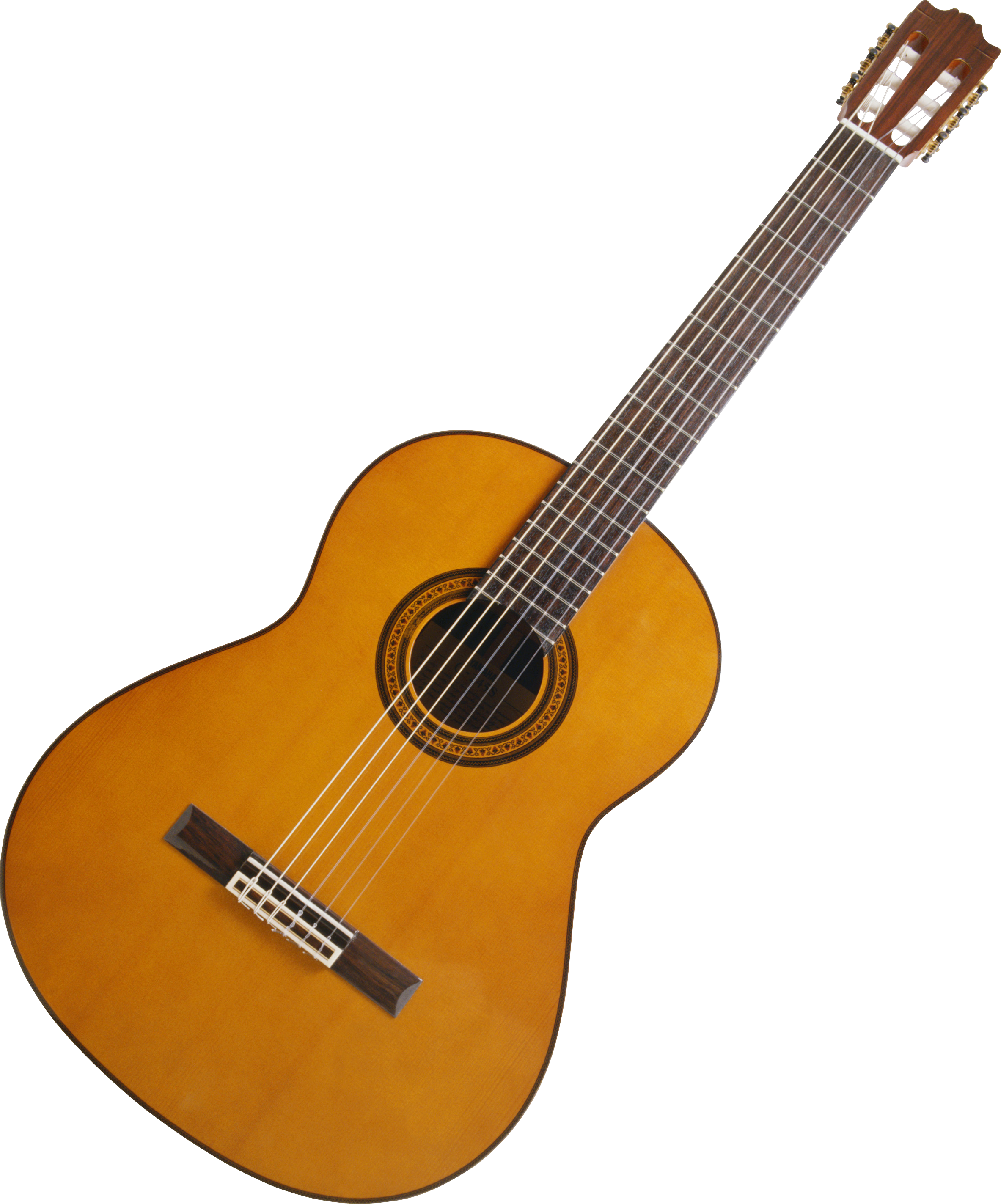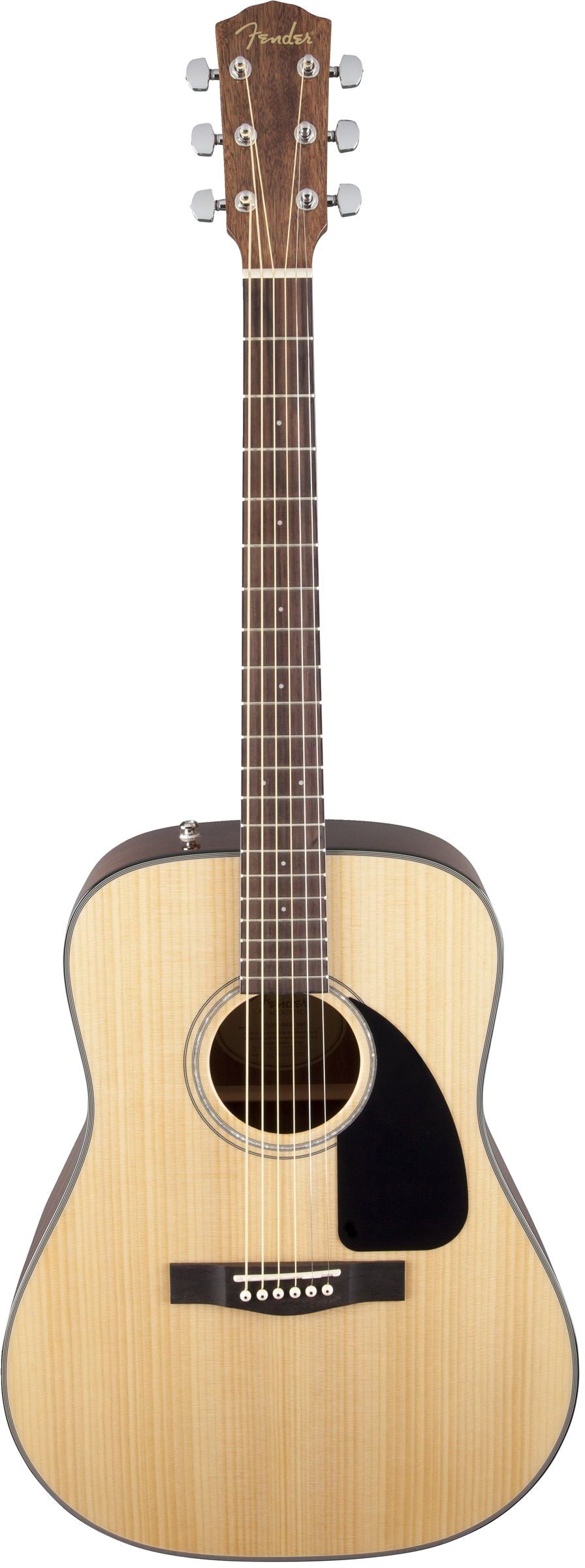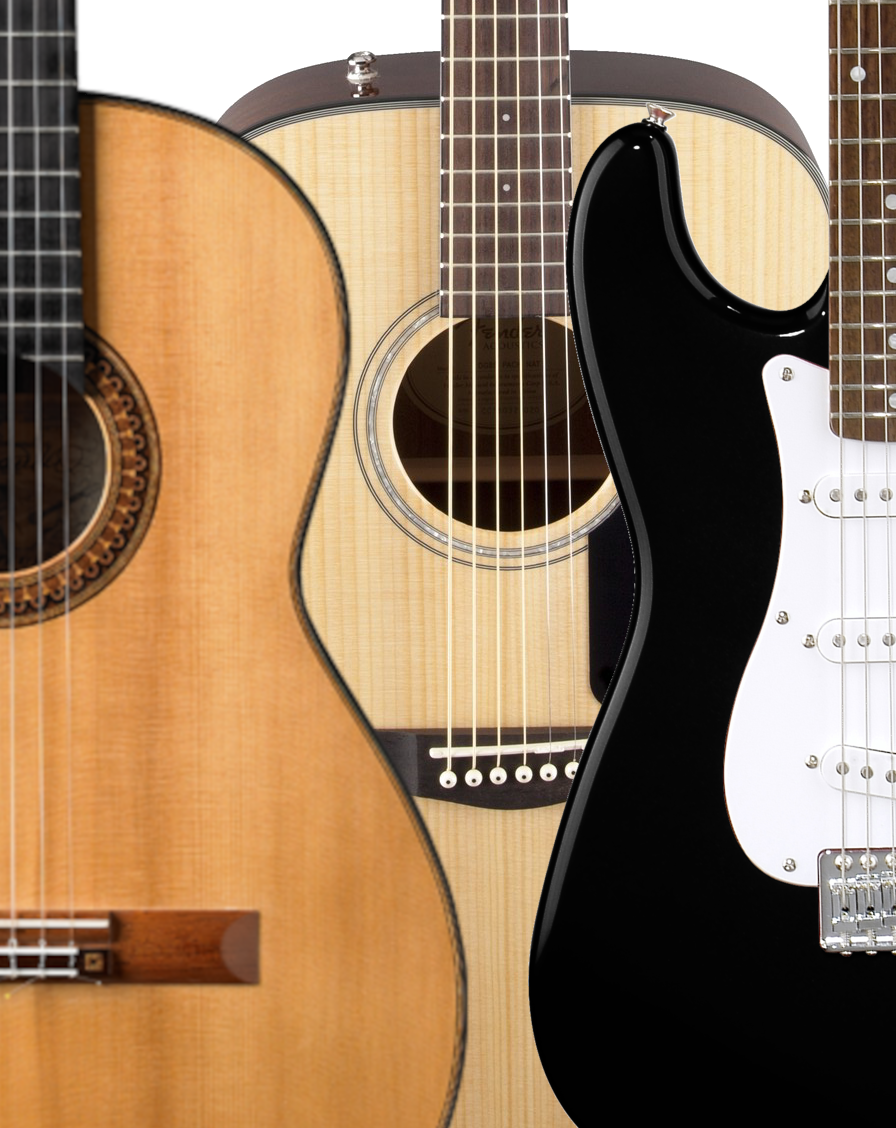What Guitar Should I Use?

Gear,Guitar,Latest Articles,what guitar should I use?
November 13, 2024
This is a frequently asked question from beginners. The correct answer depends on your situation, but the points I outline below should help you make a good choice based on your situation. This post will cover:
- Three different types of guitars.
- The pros and cons of each guitar from a beginner’s perspective.
- My experience playing these guitars as a beginner.
- My recommendations
Three Different Guitars for Beginners
The guitar is not the most accessible instrument for beginners. It is not like the piano where the same tone can be produced by pressing a key or the drum where a reliable sound occurs when striking a snare. Like all instruments, even the accessible ones such as the piano and drums, require nuance and technique to reach a professional level. However, the point of entry on the guitar requires more patience from the beginner when producing a consistent sound. The three most common types of guitars a beginner will start on are the Classical Guitar, Acoustic Guitar, and Electric Guitar
Classical Guitar

The Classical Guitar features nylon strings and a wider and deeper neck compared to the other guitars on the list.
It has a deep and rich tone and typically played without using a guitar pick.
Most entry level classical guitars are fully acoustic without an amplifier.
Fully acoustic classical guitars are typical without a cutaway leaving access to frets above 12 harder to reach.
Andres Segovia and The Girl from Ipanema are examples of professionals playing the classical guitar.
| Pros | Cons |
|---|---|
| – No amplification required | -The wide/deep neck can be more difficult for small hands and fingers |
| -Nylon strings do not hurt fingers as much as metal strings | -Harder access to notes above the 12th fret. |
| -Nylon strings last much longer than metal strings (a year or more) | -Can be limiting to a beginner who is interested in learning rock guitar techniques. |
Acoustic Guitar
The acoustic guitar has a narrow neck compared to a classical guitar. The strings used for acoustic guitars are typically made of soft metals such as nickel and phosphor bronze.
The different strings on the acoustic guitar help the instrument have a mid to high-range tone. The tone also depends the type of wood used for the body of the guitar.
Similar to the Classical guitar, acoustic guitars can be played with a guitar pick or with fingers. The metal strings help the instrument become more percussive especially when used with a guitar pick.
Entry level acoustic guitars could be fully acoustic or semi-electric. Most semi-electric ones have cutaways giving access to high notes on the fretboard.
This is what an acoustic guitar sounds like with a pick and this is what it sounds like without a pick.
| Pro | Con |
|---|---|
| – No amplificaiton required | – Could be more difficult to press the strings down |
| -The narrow neck makes it easer to reach notes on the fretboard compared to the classical. | -The wide body could be uncomfortable |
| -Metal strings provide a brighter more percussive tone. | -Metal strings hurt the beginner’s fingers more than nylon strings. |
| -Allows the beginner to experiment with rock guitar techniques. | -Metal strings need to be changed more frequently than nylon strings. |

Electric Guitar

The electric guitar has a narrow neck similar to the acoustic, but can be slightly more narrow. Also, similar to the acoustic, the electric guitar uses metal strings such as nickel or phosphor bronze.
Electric guitars are fully electric. They need to be amplified in order to hear them as they are meant to sound. To amplify the guitar, a 1/4″ instrument cable, and an amplifier are needed.
Most electric guitars come with volume and tone knobs located on the guitar. The volume knob allows the player to control how loud the guitar is without adjusting the amp. Similarly, the tone knobs adjusts the quality of the sound, if the tone is on 0 the guitar will sound dark and muddy , if it is on 10 it will be vibrant and bright.
This is a good example of what the electric guitar sounds like using both finger and picking techniques.
| Pros | Cons |
|---|---|
| -Usually easier to play than acoustic and classical guitars in terms of hand strength needed for the notes to sound. | requires an instrument cable and an amplifier. |
| -Allows for more versatility in achieving different sounds through switching pick ups and adjusting tone. | -The metal strings need to be changed and are painful on the fingers in the beginning. |
| -Lightweight, smaller body. Usually more comfortable to play for beginners. | -There is a chance that the inner electrical components need to be re-soldered (especially for used or low end beginner guitars) |
My Experience as a Beginner
The first time I picked up a guitar was in 2004. At the time I shared a room with my older cousin who was taking guitar lessons and playing ska/punk music with his friends in a local band. My cousin had an electric guitar, in fact he had the exact one pictured above– a black Fender Squire Stratocaster. We would listen to Greenday, Blink 182, Sum 41, Weezer, Jimmy Eat World and he would practice out of a 50watt Marshall amp. He put stickers all over his guitar making it his own, and I saw his band perform multiple times. I was hooked on the electric guitar and the local music scene.
My aunt also played guitar when she was a teenager. She had an old classical and acoustic guitar in the basement that hadn’t been played in years. My cousin and I got it out and he began teaching me how to read guitar tabs. I played the classical or acoustic guitar, he played his electric. I picked it up pretty quickly because I really wanted to learn it. Some of the first songs I learned were “Crazy Train, ” “Iron Man, ” “Hells Bells,” and “Sweet Home Alabama.” I learned all of these songs on guitars that were difficult to play by reading tab using our windows ’98 and dial-up internet connection. When my cousin wasn’t home and his electric guitar was sitting out in our room, I would play it. When I played his guitar it made me realize several important things.
- The classical/acoustic guitar gave me a good amount of left hand strength. Pressing the strings into the fretboard on the electric guitar was easier.
- My picking hand could get to the next string quicker, probably because of the smaller body and the strings being closer together.
- The feeling of being connected to something larger than myself when hearing myself sound like the record.
My mother bought me an electric guitar in 2005. I taught myself how to play by reading guitar tabs and figuring songs out by ear. I did not have a lesson until I started studying jazz guitar in 2017. Looking back, I’m grateful that I had access to all these guitars at a time when I was intrinsically motivated and excited to learn.
My Recommendation
Everyone’s circumstance and preference will be different. The only reason I shared my experience is to show that an old difficult-to-play guitar did not detour me from playing with the instrument. My intrinsic motivation was powerful enough to wash away any discouraging sounds or physically uncomfortable struggles. Should you force yourself to play on an unplayable instrument just to prove you can hack it? NO! That’s not what I’m saying– but if there is an old guitar lying around your house, tune it up and try to learn something on it. It’s not going to hurt you.. (too much).. You may even find that an old guitar with high action conditions your left hand muscles… Kinda like weight training. Here are my recommendations for obtaining a guitar.
- Rent : This is a great option because it’s usually a cheap monthly fee and you are helping out a local music store. It’s really good if you have kids that are interested in guitar but have never played one. In my experience, the local music store only rented out classical and acoustic guitars. So keep this in mind if you decide to rent, but just because you learn on one of these guitar doesn’t mean you can’t eventually switch. This is what I did.
- Ask a Friend, Neighbor, or Family Member: Maybe someone close to you has an old guitar that is tucked in a basement and hasn’t been played in years. Tell them you are interested in learning and see if you can borrow it. Tell them you’ll happily change the strings (or your local music store will) and you’ll give it some TLC. Instruments are meant to be played, not neglected and forgotten about. Bring it to your local music store, ask them to tune it up and make sure it’s playable. This is the most cost effective recommendation.
- Buy: I think a good entry level price for Classical, Acoustic, and Electric guitars are in the $250-300 range. Maybe a bit more for the Electric guitar, because you want to get a small amp and an instrument cable. Keep in mind that there are always extra things to buy such as guitar picks, tuners, or method books. You could always look at used guitars– but remember you are buying an entry level instrument. Unless it’s in good condition, then I wouldn’t risk it. You don’t want to buy a tattered used guitar that is unplayable or will be unplayable soon when you could have spent that money on something new.
Overall
I hope my review of these instruments, my experience with learning them, and my recommendations of how to obtain them have helped you make an informed decision for your circumstance. When making your decision of what guitar to play, please remember that: An old guitar that is difficult to play isn’t necessarily bad. It didn’t stop me from playing or learning, despite how much it hurt my wrist, hand, and fingers. If you have high motivation and little money, don’t worry! When you do switch to a better instrument, you will be pleasantly surprised. Consider your favorite music and who you want to sound like when choosing. I was into pop punk and ska music when I started learning so the electric guitar really excited me. What music gets you really excited to learn? Follow that excitement.




